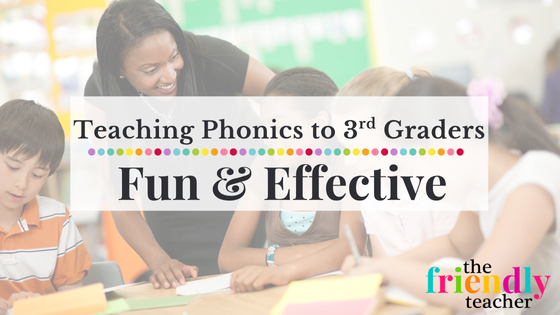
Teaching phonics in 3rd grade is still essential. It may look a little bit different, but teaching phonics in 3rd grade needs to be happening! As children advance in their reading journey, incorporating innovative and engaging strategies becomes essential for keeping their enthusiasm alive. This article explores effective strategies that blend learning with play, ensuring that your students don’t just learn to read but also enjoy the process.
Understanding the Importance of Teaching Phonics in 3rd Grade
Phonics is a critical component of learning to read, and that doesn’t go away in third grade. You may have some students who need direct instruction on phonetic concepts that have been previously taught. But the importance of teaching syllabication, orthographic mapping, and learning about parts of a word is essential. But it needs to be engaging and meaningful!
Daily Phonics Activities for the Classroom
Doing something daily to support phonics skills is important! I have found doing a daily syllabification drill makes a world of difference! You can work on encoding and decoding each day, reviewing several phonics skills, and learning new vocabulary!
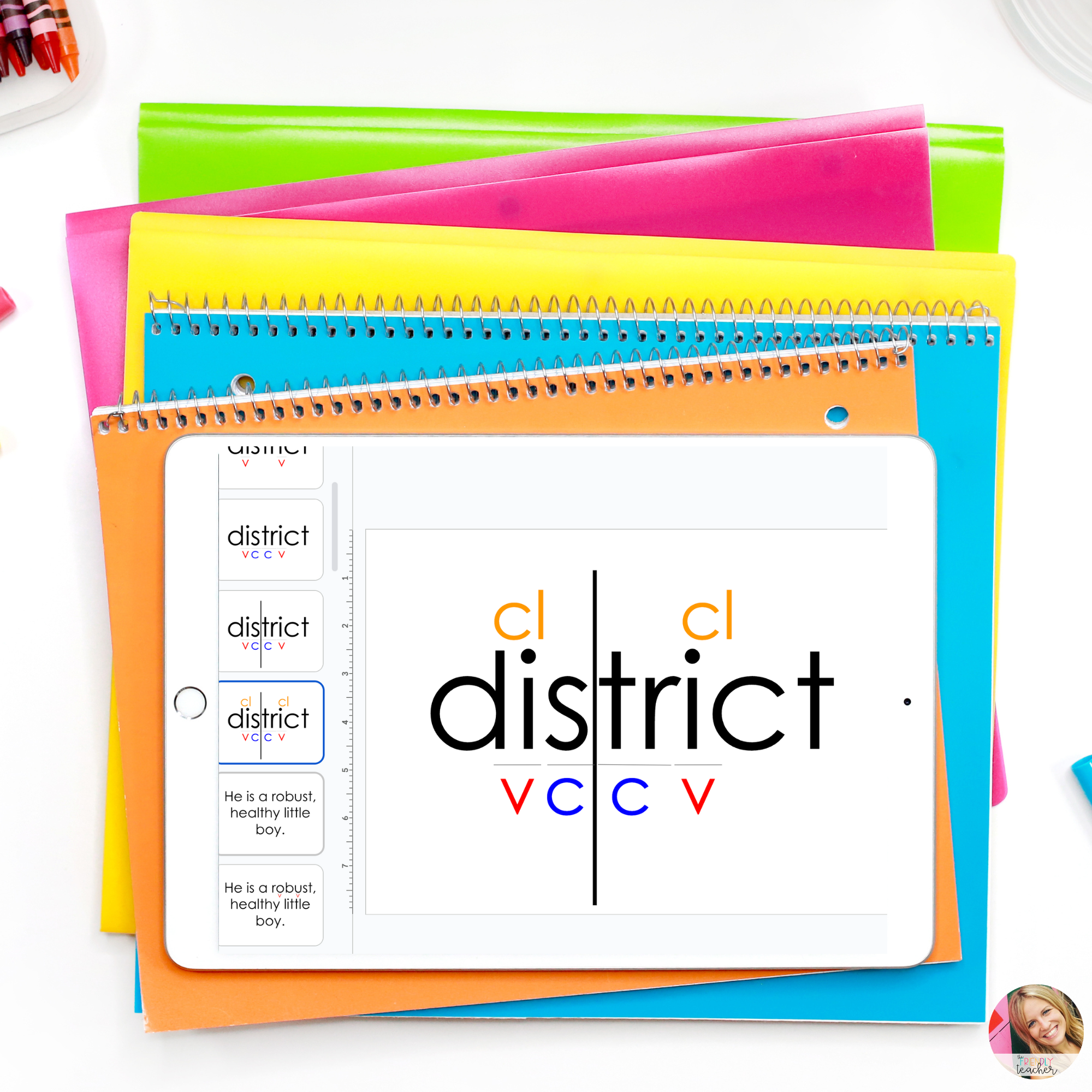
These syllabication drills are ready to go for you for the entire year, but if you just want to do them on your own, here’s how it looks!
- Give a word that is multisyllabic and has a phonics skill you are working on. Have the students mark it up to figure out the pronunciation and then work on the meaning together. Do this for a word that is not in a sentence, then do it for a word that is in a sentence.
- Then, read a word aloud to the students and have them encode it using the phonics skills and syllabification rules that they know. Do this twice.
Doing this simple practice each day will make a world of difference in your students’ ability to read and write! You can read more about this drill in this blog post.
Hands-On Phonics Activities
A multisensory approach to phonics is essential because it leverages multiple senses (sight, sound, touch, movement) to enhance learning and memory, making it more effective for all students, including those with learning differences like dyslexia.
Here are several ideas that you can incorporate into your classroom daily. Using these to practice your weekly skill or your weekly words will make a world of difference in their memory and abilities.
- Grab these screens on Amazon. Put the screen behind a piece of paper. Have the students write the word on the paper (bumpy). Then, have them trace the world or sound with their finger, saying the sounds as they go. You can also have them remove the screen and trace it again with their finger. You can do this with both sounds and words! My students LOVE this, and it is such a simple way to aid in memory!
- Shaving cream, sand boxes, or Play-Doh– building words and sounds with any of these items helps the memory portion of the brain. Buy a few crayon boxes and fill them with sand. Students can write the words or the sounds in the sand, saying it as they go.
- Mini Mirrors– Each of my students has a mini mirror. When we are learning a new sound or reviewing one, I have them look at themselves and say it. They say the sound and the letters that go with that sound. Sometimes I will have them even spell words and watch themselves spell it in the mirror. This makes more of a difference than you think!
- Paint or Glue in a Bag– Put some paint or glue inside a ziplock bag and have the students write the sound or word.
The point of any of these activities is to be working in multiple modalities while learning sounds and words. Their brain is working with their hands, which is working with their mouth! All that working together aids in memory and meaning-making! I strongly suggest doing at least one of these activities each week on whatever skills you are working on!
Small Group Phonics Instruction
Know what skill your small group needs to work on, it doesn’t have to be the weekly skill. If you have a group that is behind, they more than likely have skills that are lacking. If you are ahead of the game group, you could be working on multisyllabic words, words with Latin and Greek roots, etc.
Here is how I suggest you add phonics into your small group.
- Start with a word warm-up. You can use one of the hands-on strategies above but just spend about 2 minutes reviewing the skill the group needs to work on, going over words with those skills, etc.
- While reading, stop and work on breaking apart a word or two. Pick two challenging words in your reading, show students how to break it apart, then use the word parts and the context clues to define the word. If you can’t find one or two words that are challenging for that group, your text is more than likely too easy.
- If time at the end, have them encode some words with that skill. Give them the word, break it apart into syllables, and write it.
Building a Strong Phonics Foundation for Future Success
Practicing phonics skills throughout the day in third grade will lead to future success in reading. Making it a part of your daily routine is essential. When you are reading aloud, stop at a word and break it down. Think aloud to your class to show them how to figure out words they don’t know. Encode words in writing often. Daily little tasks will make a world of difference!
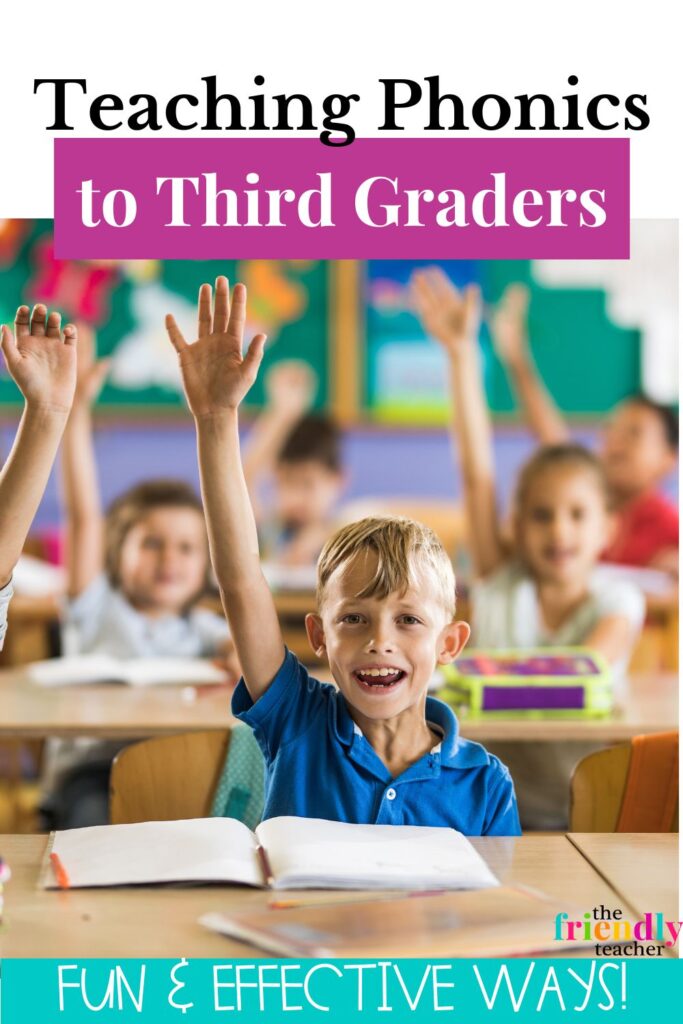
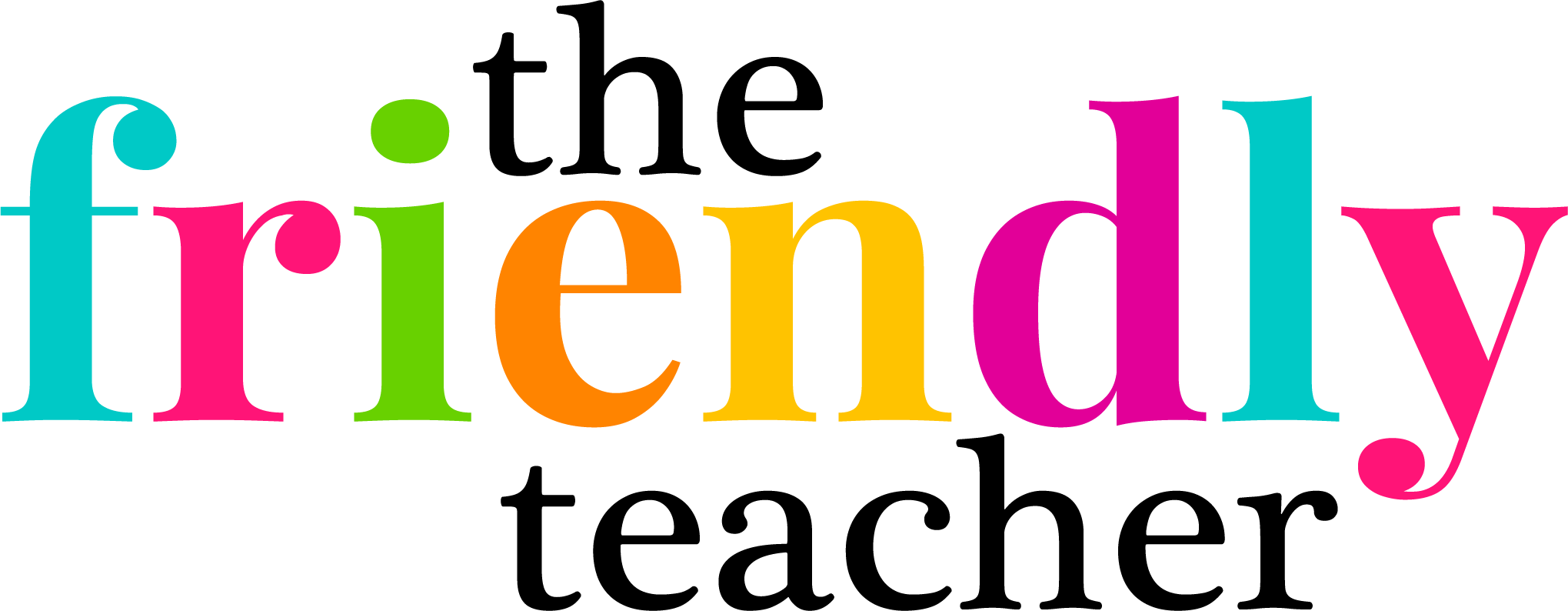


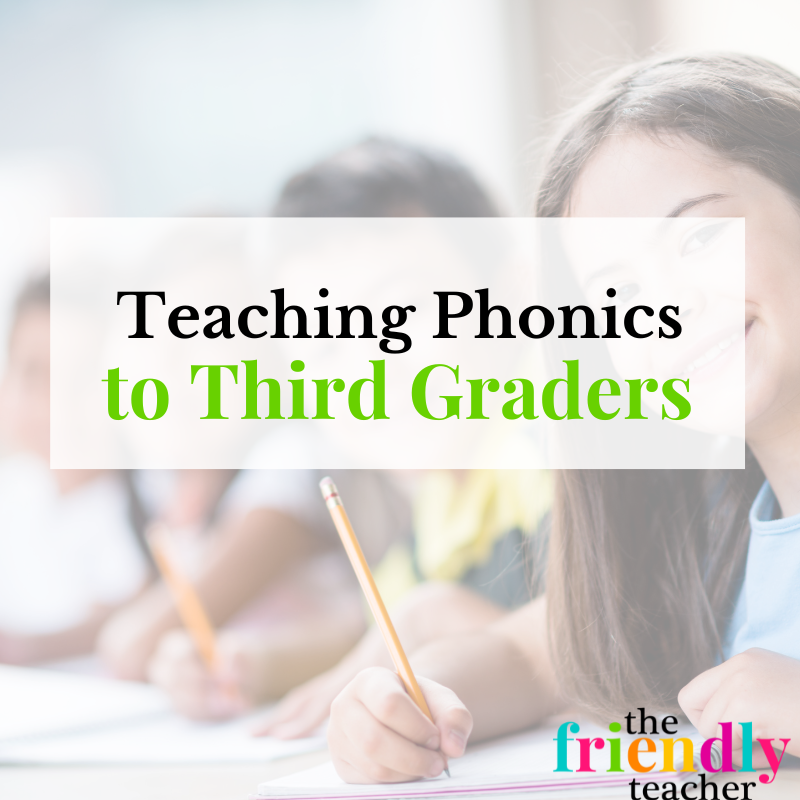
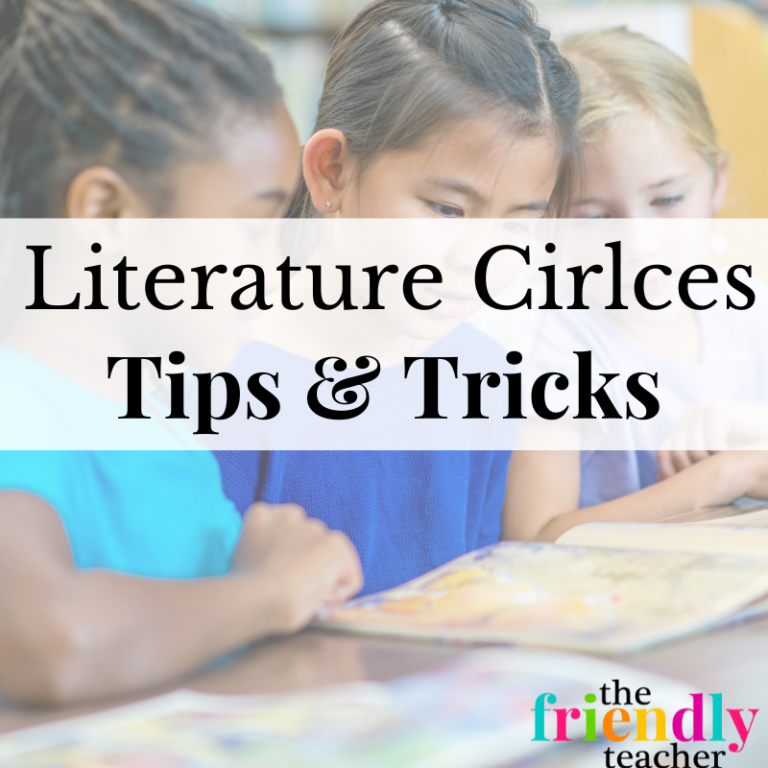


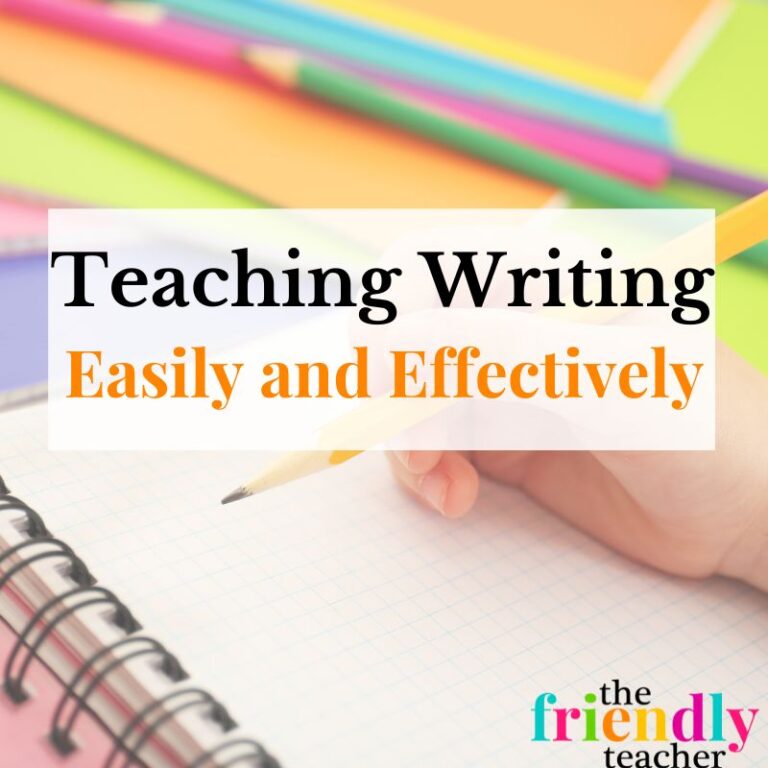
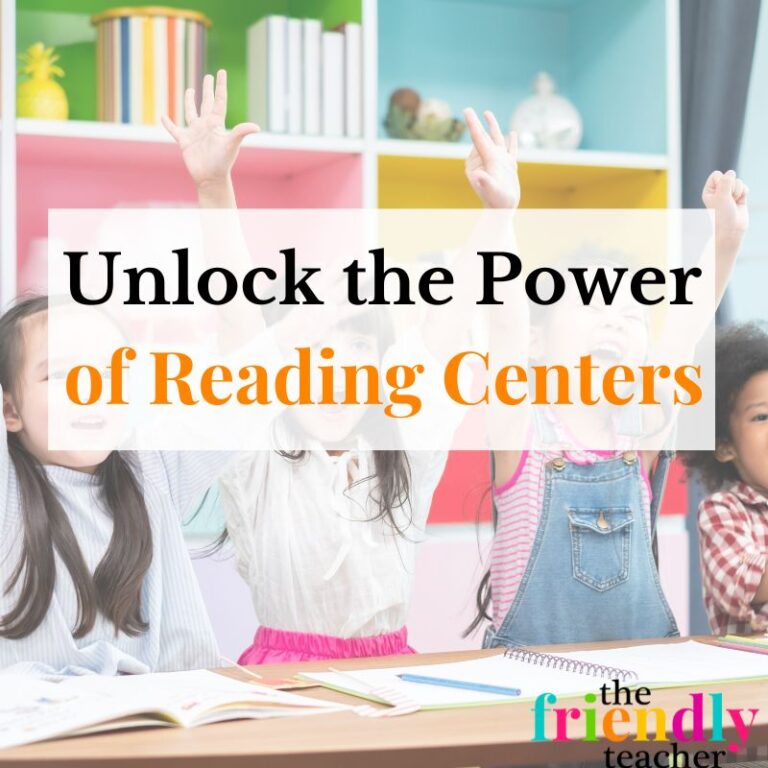

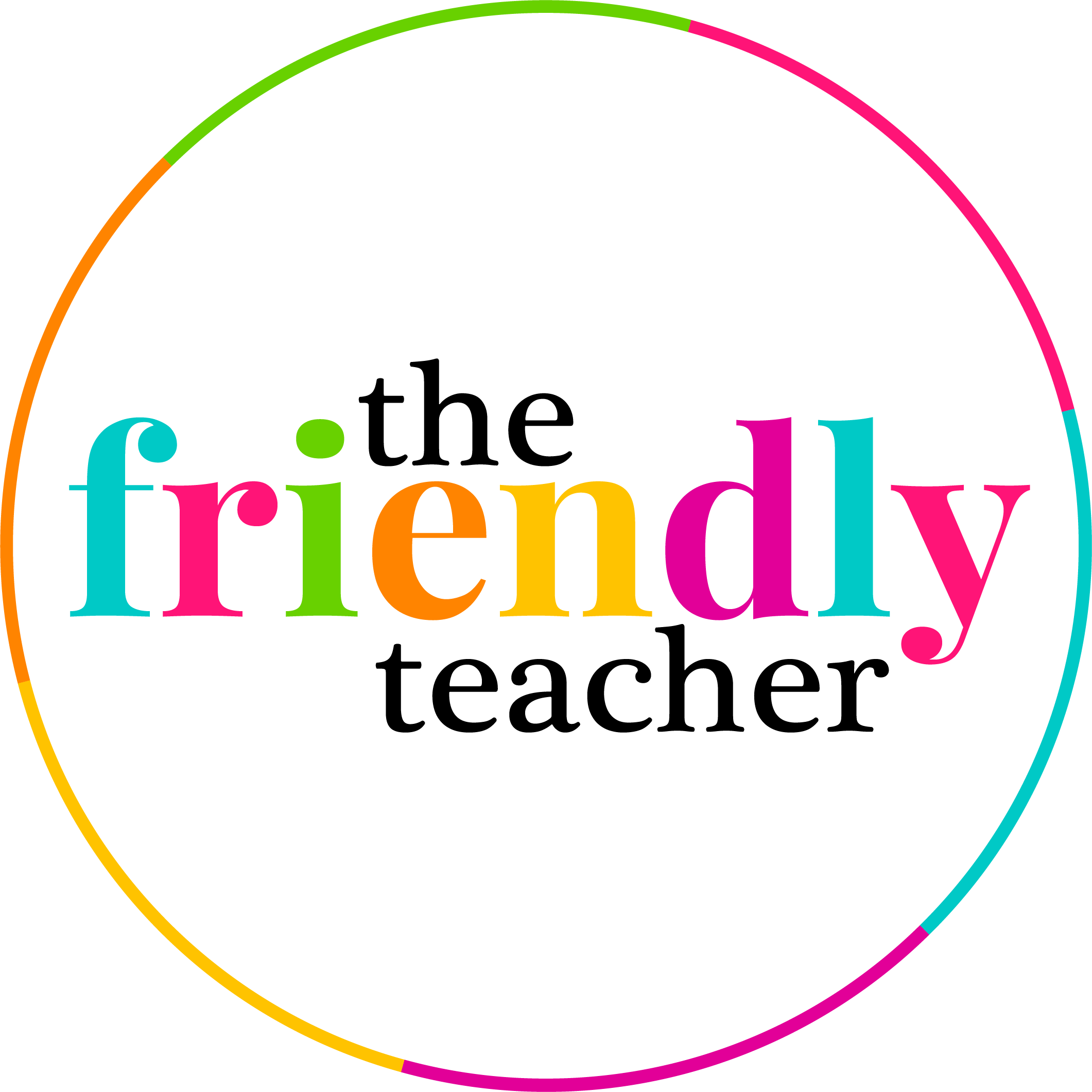
Hannah Wilde
I am so glad you’re here! I love helping 3rd-5th grade teachers by providing ideas, engaging resources, and professional development they need. I am a literacy coach who is here to help lessen the workload for teachers while making them more confident! I want students to be continually engaged in a rigorous environment!